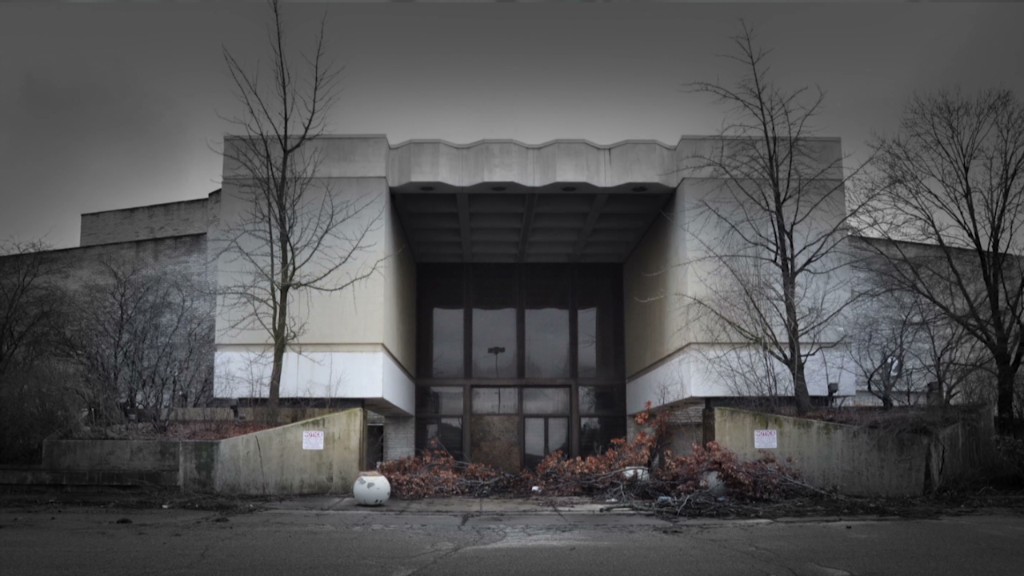
From e-commerce to mobile apps, people sure aren't shopping like they used to.
In recent years, mall closings around the country have led many to mourn the loss of the American retail icon. And very few traditional malls have been built in United States in the last decade.
But reports of the death of the American mall may have been slightly exaggerated.
"People have tried to call the death of the mall several times over the last decade," said DJ Busch from Green Street Advisors. "But in aggregate, mall performance has been very good recently."
That doesn't mean every mall is thriving. A mall's level of success usually depends on the type of stores it offers.
Related: Autopsy of America: Photos of dead shopping malls
More high-end malls with anchor department stores like Nordstrom (JWN) and Bloomingdales are doing well, while middle-level malls with anchors like JC Penney (JCP) and Sears (SHLD) face an uphill battle.
The nearly 400 top-level malls in the U.S. are doing just fine, said Busch, and most have an extensive waiting list. Meanwhile, he expected 15% of total malls, or around 150, to close or be repurposed in the next 10 years.
A ghost mall is bad for the local economy. Not only does it become an eye sore, it also means lost revenue opportunities for the city and state with sales and property taxes.
But cleaning house could strengthen the industry. "America is over-stored" said Ken Leonard, a commercial real estate consultant. "It is now a matter of evolution and survival of the fittest."
So how will the malls need to adapt to survive? Here's what we could see more of in the future:
More grocery stores. The average consumer stops at a grocery store 2.1 times a week -- that's a steady traffic stream and potential for ancillary spending for other stores to capture.
The natural/organic segment has been a bright spot in the grocery industry, making stores like Whole Foods, Trader Joe's, Kroger or Costco potential lifesavers for struggling malls.
"People have to shop for food, so why not give them what they want and tempt them with other relatable stores," said Howard Davidowitz, chairman of the Davidowitz Associates retail consultancy.
He pointed to a Newport Beach, Calif. outdoor mall that added a Whole Foods (WFM) in 2012. "It fits the market and is booming."
Related: 5 ways retailers are tracking you
Lifestyle services. With more consumers shopping online, malls need to offer what the internet can't: services.
"Adding gyms and sports clubs along with entertainment offerings could help bring in people," said Davidowitz.
But be careful when choosing service providers. "You can't turn the spaces into office buildings and offerings like that, that doesn't bring people," said Leonard.
More international chains. When it comes to domestic retailers, Busch said there hasn't been a lot of innovation. But some international chains are taking the retail world by storm, and those are the stores that can really bring in the foot traffic.
"Most new demand comes from international retailers, like H&M, UNIQLO and the like," he said.
Bigger discounters. If you can't beat them, join them. Discount retailers have been stealing foot traffic away from malls, so why not bring them in house?
Davidowitz pointed out that the discount retailers like TJMaxx are experiencing growth, which makes them attractive mall tenants.
Big-box retailers like Dick's Sporting Goods have also proved to breathe life back into malls on life support.
"In middle America, bring in a discount retailer or even someone like Kohl's that offers a wide range of products for competitive prices," said Davidowitz.


